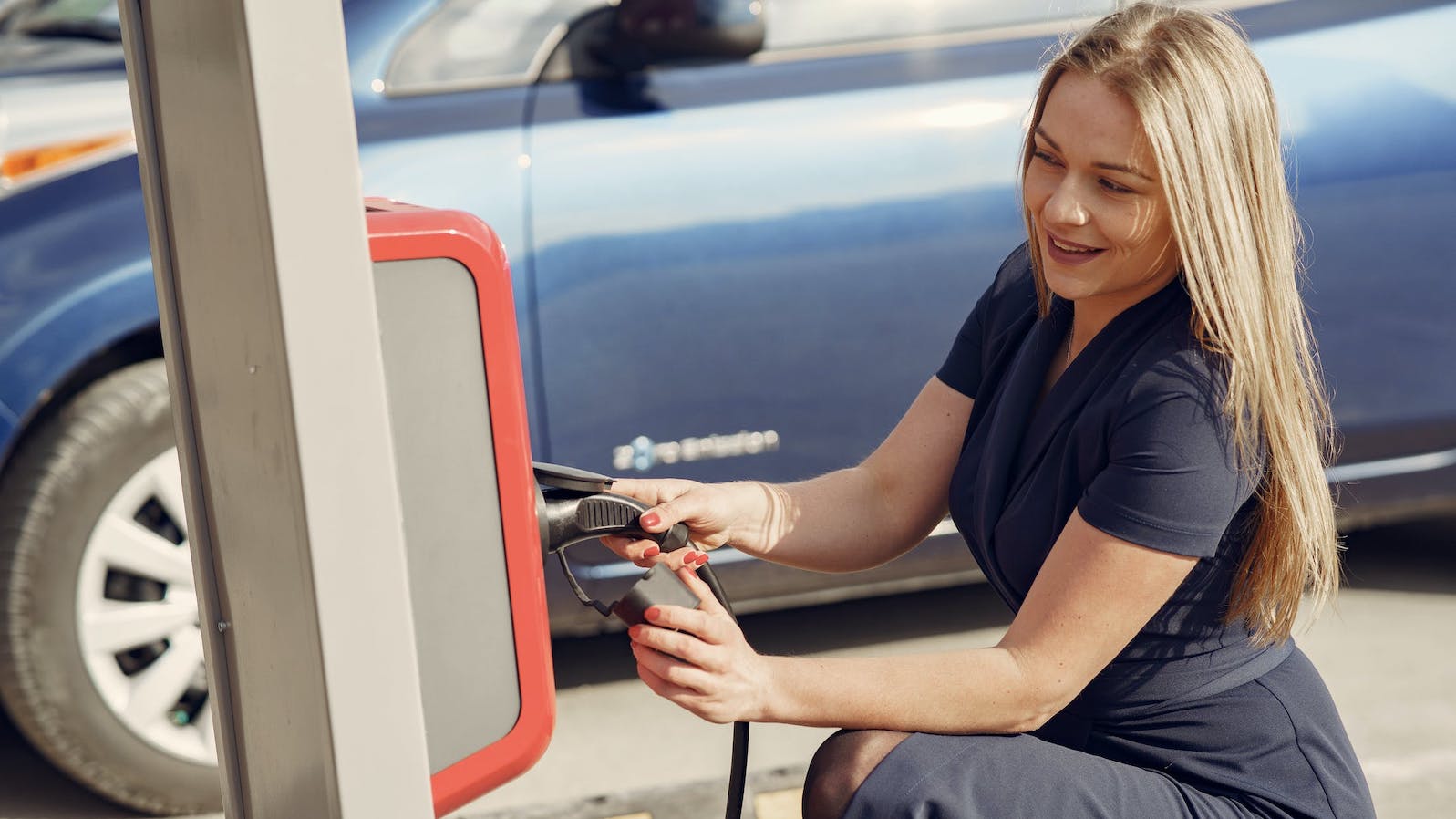After Tesla and Ford announced they were cutting the sticker prices for some of their electric vehicles (EVs), many people began asking whether that means the price to insure them would follow suit — but the answer isn’t clear-cut.
At the core, insuring an EV is the same as insuring an internal combustion engine vehicle. There is the liability portion, the comprehensive and collision portion. And the pricing comes down to the complex web of underwriting connecting the vehicle and driver’s details, along with specific geographic risks.
Even still, insuring electric vehicles for now has been costlier than comparable gasoline vehicles. Part of that is sticker price, for sure. EVs do tend to cost more. But for now, at least, they can also cost more after a claim.
Part of the post claim economics comes down to market forces. Because EVs make up a tiny portion of the number of vehicles on the road right now, there aren’t very many certified EV mechanics. There are more than 200,000 ASE-certified car technicians in the country but only a few thousand who are certified for EVs.
That means the few who are certified are able to command a premium for their services – driving up post-crash repair costs.
The same goes for aftermarket repair parts. Although supply chains are easing, in general, making aftermarket parts more accessible for most vehicles, the same can’t necessarily be said for EVs.
Without a huge fleet of EVs on the road, few manufacturers have the incentive to make generic replacement parts specific for them, meaning that most repairs have to be done with the more-expensive OEM components.
Higher repair costs translate to higher costs post claim, which translate to higher premiums for EVs.
And then there is the battery question. Because the batteries represent such a large percentage of the cost of the EV, any damage to the battery pack could lead to an insurer totaling an otherwise low-mileage EV. That is a phenomenon many Tesla drivers have been seeing as their low-mileage vehicles get into seemingly small crashes, only to be totaled by the insurer.
From an insurance agent perspective, educating EV drivers about the risk of totaling their vehicle presents a good discussion opportunity to pitch a gap policy — particularly if the driver is still upside-down on their auto loan.
But that doesn’t translate to lower costs in the short run.
Many analysts don’t believe the premium discrepancies between EVs and gasoline vehicles are here to stay, though.
For one, battery prices are coming down rapidly. One MIT study showed that since they were first commercially produced, lithium-ion batteries have plunged in price by 97%. And though that decline has tapered off of late, and batteries even saw a slight increase in cost in the past year, the long-term trajectory of the cost per kilowatt hour should continue to fall fast, meaning the most costly component of an EV shouldn’t continue to be cost-prohibitive, at least in the long term.
The other reason EVs shouldn’t be more costly to repair forever is that once market forces make labor and spare parts more abundant, there are just fewer failure points on an EV than on an internal combustion engine.
By most counts, typical gasoline-powered vehicles have more than 2,000 moving parts, to only a few dozen in a typical EV. With fewer places to fail, and all things being equal, repairing an EV will eventually be on par or less expensive than a gas-powered equivalent vehicle.
See also: Focus on Evolution, Not a Revolution
Another phenomenon potentially pushing down EV premiums in the medium term is better claims data. Tesla is pioneering two programs in that area. One program is in their white-label insurance program, where Tesla partners with insurance carriers in several states to offer Tesla-branded insurance.
They are using that insurance relationship to aggregate post-claims data and feeding that back into their engineering process. After Teslas get damaged, the engineers evaluate whether changes to their design could have prevented that damage in the first place or at least made it easier to repair after the fact.
The other area Tesla is using data to potentially drive down insurance costs is by anonymously aggregating driving behaviors of Tesla owners. The theory is that the suite of safety features standard in a Tesla could make them safer to drive than a similar vehicle from another manufacturer and thus less likely to get into a crash in the first place.
As that data gets incorporated, it is possible that premiums could end up coming down, as well.
More costly vehicles tend to be more expensive to insure. So, on its face, Ford and Tesla dropping their MSRP could theoretically end up bringing down their premiums. But when it comes to meaningful decreases in EV insurance premiums, market forces, rich data and better supply chains for basic components may make the bigger difference and could even mean EVs could end up being the less expensive vehicles to insure before long








